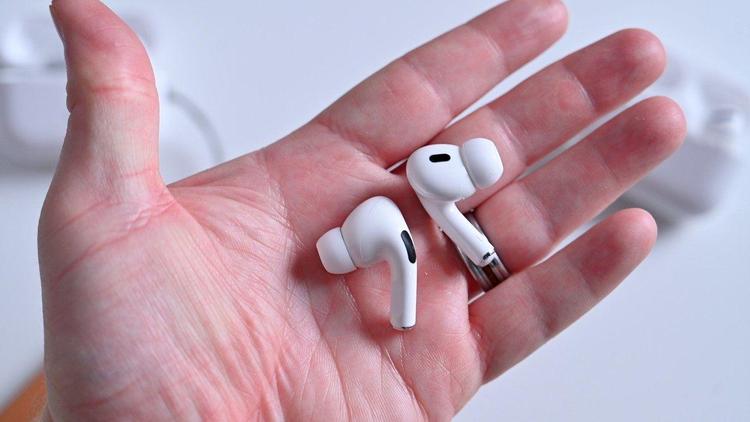The Development Journey of Apple AirPods Pro Hearing Aid Function: From the 2019 Concept to the H2 Chip Breakthrough
On April 1st, it was reported that Apple executives recently disclosed details about the development of the hearing aid feature in AirPods Pro 2: the idea originated with the first-generation product in 2019, but the technological breakthrough was only achieved with the second-generation model equipped with the H2 chip. This chip significantly enhances computational power, becoming a key factor in its development.

IT House cited a blog post introducing that Bergeron, a senior executive of Apple's acoustics team, revealed that when the first-generation AirPods Pro was released in 2019, the team had realized the potential of developing hearing aid functions, but the technical conditions at that time were insufficient. It was not until 2022, when the H2 chip designed specifically for AirPods Pro 2 came out, that its powerful audio processing capabilities made the concept a reality.
Apple researcher Dr. Rajiv Kumar revealed findings from a hearing study involving 150,000 participants, highlighting two key trends: approximately 25% of participants had undetected hearing loss, while a striking 75% were aware of the issue but took no action.

Research shows that, in addition to high costs, societal bias against hearing aids has become a major barrier, prompting Apple to position the AirPods Pro 2 as a solution to 'lower the barrier to use.'
Bergeron admitted that users' enthusiasm for the hearing aid function exceeded expectations: "When people realize how it changes their lives, the usage frequency far exceeds our estimates. The feature launched in the U.S. in October 2024 and is now entering the Australian market. As it is a medical function, it requires approval on a country-by-country basis."
【Copyright and Disclaimer】The above information is collected and organized by PlastMatch. The copyright belongs to the original author. This article is reprinted for the purpose of providing more information, and it does not imply that PlastMatch endorses the views expressed in the article or guarantees its accuracy. If there are any errors in the source attribution or if your legitimate rights have been infringed, please contact us, and we will promptly correct or remove the content. If other media, websites, or individuals use the aforementioned content, they must clearly indicate the original source and origin of the work and assume legal responsibility on their own.
Most Popular
-

List Released! Mexico Announces 50% Tariff On 1,371 China Product Categories
-

Nissan Cuts Production of New Leaf EV in Half Due to Battery Shortage
-

New Breakthrough in Domestic Adiponitrile! Observing the Rise of China's Nylon Industry Chain from Tianchen Qixiang's Production
-

Dow, Wanhua, Huntsman Intensively Raise Prices! Who Controls the Global MDI Prices?
-

Mexico officially imposes tariffs on 1,400 chinese products, with rates up to 50%






